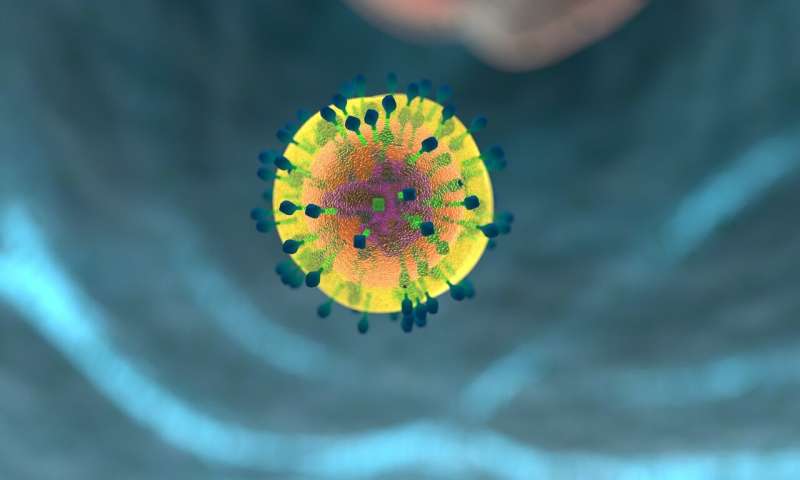A new model of metabolism draws from thermodynamics and 'omics'

All living things are made of carbon, and sugars like glucose are a very common source of it. Consequently, most cells are good at eating sugars, using enzymes to digest them through a series of chemical reactions that transform the initial sugar into a variety of cell components, including amino acids, DNA building blocks and fats. Because they help these sugar-metabolism reactions run efficiently, the enzymes are called biocatalysts.
Given how critical all enzymes are to life itself, scientists have built several mathematical models that describe how the cells use enzymes to transform a sugar. Such models have been successfully used, for instance, to improve second-generation biofuel production or identify drug targets for malaria, but they don't take into account the metabolic "cost" of producing the enzymes that catalyze all these chemical reactions.
Accounting for this phenomenon, called "expression," is key to describing many other phenomena, including beer fermentation and the growth of cancer cells. But all this first depends on accurately modeling the mechanisms of expression.
Now, Professor Vassily Hatzimanikatis at EPFL and Pierre Salvy, a Ph.D. student in his lab, have developed a mathematical model that can efficiently model the expression of enzymes in living cells, as well as its associated metabolic cost. The model is called ETFL for "Expression and Thermodynamics Flux." Its accuracy derives from including both biochemistry and thermodynamics—a set of physico-chemical laws that describe how energy flows in systems. Combining this with mathematical tools from the field of optimization, the researchers were able to drastically improve the accuracy of the model's predictions.
"This integration of metabolism, expression and thermodynamics is the first of its kind, and is 10 to 100 times faster than the previous state-of-the-art models, which do not feature thermodynamics," says Salvy.
To further increase its predictive power, the ETFL model was designed to take into account a wide variety of measurements made through the massive field of omics, which measures characteristics of cells such as gene expression and protein profiles. "Our algorithm can be used to improve the production of biochemical products, or to accurately predict how cancer cells metabolize," says Salvy. "It can also open the door to applications in personalized medicine."
More information: Pierre Salvy, Vassily Hatzimanikatis. The ETFL formulation allows multi-omics integration in thermodynamics-compliant metabolism and expression models. Nature Communications 13 January 2020. DOI: 10.1038/s41467-019-13818-7
Journal information: Nature Communications
Provided by Ecole Polytechnique Federale de Lausanne



















